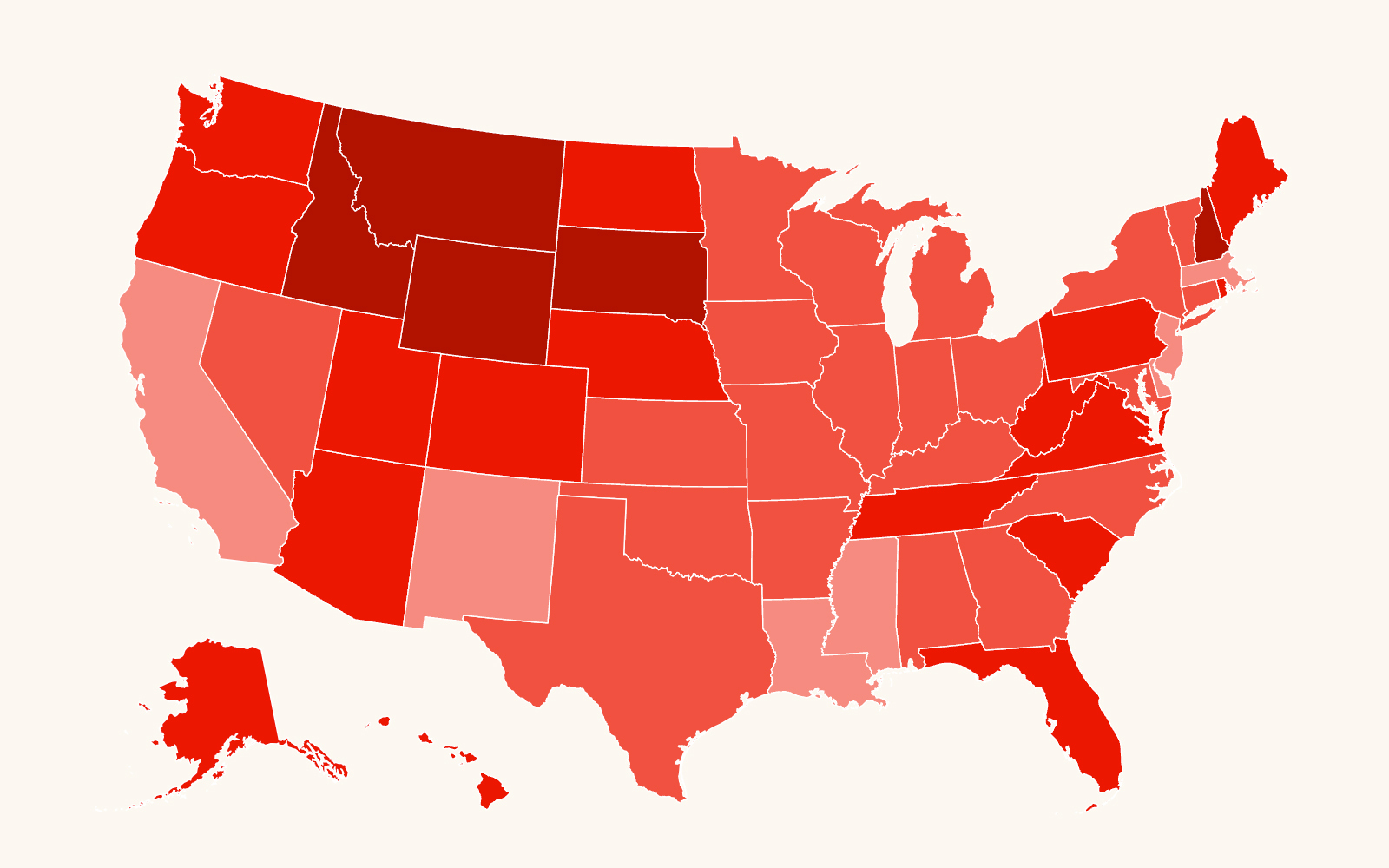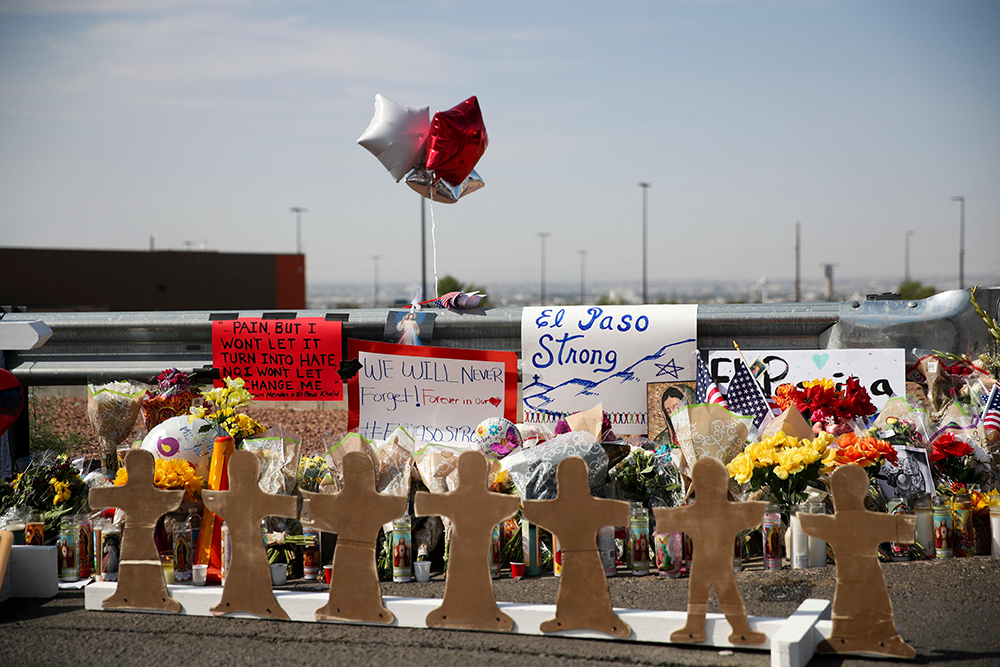More than 250,000 Americans over the age of 12 are victimized every year by hate criminals, according to a new government study that puts the number some 50,000 higher than the best earlier analyses. At the same time, the study found that in recent years only about one in three hate crimes are ever reported to law enforcement officials.
The study, carried out by the Department of Justice’s Bureau of Justice Statistics, was based primarily on the annual National Crime Victimization Survey, which employs detailed questionnaires that are widely considered the most accurate measure of U.S. crime available. In addition to analyzing more recent years, it refines two earlier studies based on the surveys, to produce data for the years 2003-2011.
The two earlier studies found that there were an annual average of about 210,000 hate crime victimizations a year in 2000-2003 and about 195,000 in 2003-2009. But the new study’s authors, Lynn Langton and Michael Planty, explained to Hatewatch that they had made a number of technical changes to achieve greater accuracy. The most important was counting series of up to 10 hate crimes against one victim as individual crimes, rather than lumping them together as a single crime.
The bureau’s new study groups data into two periods, 2003-2006 and 2007-2011. It finds that the average annual number of hate crime victimizations was 256,080 for the earlier period and 259,690 for the latter — virtually unchanged, statistically speaking. (The numbers do vary greatly from year to year, from about 217,000 to over 281,000.) But it also found that while 46% of hate crimes were reported to officials in 2003-2006, that number dropped to just 35% in 2007-2011. The study’s authors did not suggest what might be behind that relatively major decrease.
The numbers are fairly stunning. Just a decade ago, the only figures available were the FBI’s national hate crime statistics, full sets of which have been published since 1995. Those numbers varied between about 6,000 and about 10,000 a year, depending on the year. But it soon emerged that there was an array of serious problems with the voluntary system for reporting hate crimes that resulted in severe undercounts. The Bureau of Justice Statistics’ three studies have attempted to remedy that, with the latest suggesting the real numbers are 25 to 40 times higher than the FBI totals.
Like other analyses, the new study also showed that a vastly higher percentage of hate crimes are violent than are crimes overall. About 92% of all hate crimes between 2007 and 2011 were violent, up from 84% in the 2003-2006 period. By comparison, the latest FBI statistics (from 2011) show that just 13% of all crime is violent. Experts also have long noted the extreme violence that characterizes hate crimes, with many murder victims, for instance, showing signs of suffering “overkill.”
Hate crime expert Jack Levin, a professor at Northeastern University in Boston, said the new report confirmed his longstanding suspicions. “The prevalence of hate crimes is vastly underestimated,” he told Hatewatch. “The FBI hate crime count is based on a voluntary reporting system that many local police jurisdictions refuse to support. In 2011, for example, only five hate crimes were reported for the entire state of Louisiana, just two for Wyoming and 11 for Arkansas.”
“By contrast,” Levin continued, “other states have typically reported a much higher rate of hate crimes. For example, Massachusetts reported 367 in 2011, and New Jersey had 508 reported hate crimes. It is hard to imagine such a huge divergence in rates arising out of anything but different reporting standards — and, perhaps, different levels of enthusiasm for reporting hate crimes at all.”
Assuming the new report’s numbers are correct, one would expect, on average, each of the 50 states to be experiencing more than 5,000 hate crimes a year.
One of the most troubling aspects of the new report is the very low level of reporting to police of hate crimes. Levin said that large numbers of victims don’t report hate crimes for a variety of reasons. The new report fleshes that point out, saying that the percentage of violent hate crime victims who don’t report attacks to police because they believe the police can’t or won’t help actually has risen, from 14% in 2003-2006 to 24% in 2007-2011. Levin also said hate crimes tend to be under-reported “because motivation is a central element, and motives are often difficult to prove.”
Another reason for the lack of reporting of hate crimes may be many victims’ reluctance to deal with the police, Levin said. “Based on a history of animosity, black and Latino victims may see law enforcement as an ‘army of occupation’; immigrants may identify police with a tyrannical regime in their home country or be concerned about being deported; and gays and lesbians may perceive, rightly or not, that police officers are generally homophobic,” he explained.
In addition, Levin said, victims with disabilities are often reluctant to report because they fear that their tormenters will retaliate. “They may have psychiatric or intellectual deficits that seriously interfere with their capacity to recognize false friendships or to report crime,” Levin said. “Or they may assume a position of dependence in a relationship with caretakers who conceal their sadistic urges in the high credibility of their institutional roles.” And this problem is a serious one. In 2011, only 58 of the 7,254 hate crimes reported to the FBI were aimed at people with disabilities. But when the Justice Department asked persons with disabilities anonymously why they believe they were targeted for violence, 14% — more than 30,000 people in all — said they thought it was because of their disability.
Comparing the two study periods, the new study also found that the percentage of hate crimes motivated by religious bias more than doubled, from 10% in the 2003-2006 period to 21% during 2007- 2011. At the same time, hate crimes motivated by racial or ethnic bias dropped from 64% to 54% over the two periods. The researchers did not offer reasons for the changes, but the rise in religiously based hate violence may be related to the fairly dramatic rise in Islamophobia in recent years.
The study offered one final, and rather depressing, statistic. Suspects were arrested in just 10% of cases in the 2003-2006 period — a number that dropped, for reasons that are not understood, to a mere 4% of cases between 2007 and 2011.
Bill Morlin contributed to this post.

